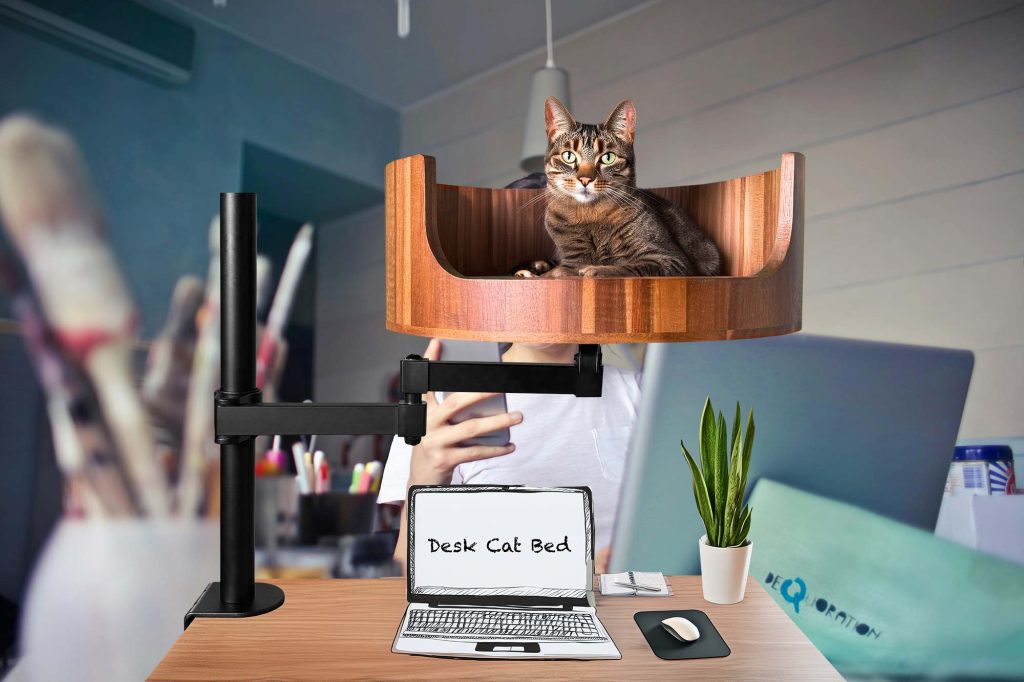If you’re a cat owner, you may have experienced the perplexing behavior of your feline friend indulging in munching on plastic items around the house. From grocery bags to packaging material, some cats seem to have an inexplicable fascination with all things plastic. This behavior could be puzzling and even concerning for pet owners, especially considering the potential health risks associated with ingesting plastic.
In this article, we will explore the reasons behind why cats may exhibit this behavior and shed light on the possible causes that drive them to keep eating plastic. From exploring the evolutionary instincts of cats to examining potential health implications, we will delve into the psychology and biology behind this puzzling behavior. By understanding the motivations behind why cats engage in this potentially harmful habit, pet owners can take proactive steps to prevent their furry friends from ingesting dangerous plastic objects.
1. Cats may eat plastic due to a condition called pica, which can be caused by stress, boredom, or medical issues.
2. It’s important to keep plastic away from cats, as ingesting it can lead to serious health problems like digestive blockages.
3. Providing plenty of mental and physical stimulation, as well as offering appropriate chew toys, can help deter cats from eating plastic.
4. Regular vet check-ups can identify any underlying health issues that may be causing your cat to exhibit this behavior.
5. Understanding the reasons behind your cat’s plastic consumption can help you address the root cause and ensure their well-being.
What Causes Cats to Eat Plastic?
Cats may eat plastic for a variety of reasons, including pica, a condition where animals crave and eat non-food items. This behavior could be due to nutritional deficiencies, stress, boredom, or a compulsive need to chew on objects. Cats might also be attracted to the texture or smell of plastic, making it appealing for them to chew on. It’s important to identify the underlying cause of your cat’s plastic-eating behavior to address it effectively.
Health Risks of Eating Plastic
Eating plastic can pose serious health risks to cats. Swallowing plastic items can lead to gastrointestinal blockages or obstructions, which may require surgical intervention to remove. Sharp edges on plastic objects can also cause injury to a cat’s mouth, throat, or intestines. Ingesting toxic chemicals from plastic materials can result in poisoning and adverse health effects. Monitoring your cat’s behavior and environment to prevent access to plastic items is crucial to safeguard their health.
Preventing Cats from Eating Plastic
To prevent cats from eating plastic, it’s essential to create a cat-friendly environment that minimizes their exposure to potentially harmful materials. Store plastic bags, packaging materials, and other plastic objects out of reach of your cat. Provide appropriate toys, scratching posts, and interactive play to keep your cat mentally and physically engaged. Address any underlying stress or anxiety that may be leading to your cat’s plastic-eating behavior. Consult with your veterinarian for guidance on managing pica and promoting your cat’s overall well-being.
Seeking Veterinary Advice
If your cat continues to eat plastic despite your efforts to prevent it, consult with your veterinarian for further evaluation and treatment. Your vet can rule out any underlying medical conditions contributing to your cat’s behavior and recommend behavioral modifications or dietary changes to address the issue. In severe cases, medication or behavioral therapy may be necessary to help your cat overcome their compulsive plastic-eating habit. Prioritizing your cat’s health and well-being is essential in managing this concerning behavior.
Desk Cat Nest FAQ
Why does my cat keep eating plastic?
Cats may eat plastic for a variety of reasons, including pica, a behavior disorder in which animals eat non-food items. Cats may also be attracted to the texture or smell of plastic, or they may be seeking attention or trying to alleviate boredom or anxiety.
Will a Desk Cat Nest help prevent my cat from eating plastic?
A Desk Cat Nest can provide a safe, comfortable, and engaging environment for your cat, potentially reducing the risk of them seeking out and ingesting harmful plastic materials. However, it is important to also address any underlying reasons for your cat’s plastic-eating behavior, such as stress or lack of stimulation.
How can I train my cat to stop eating plastic?
Training your cat to stop eating plastic involves providing them with appropriate chew toys, ensuring they have a varied and stimulating environment, and redirecting their behavior with positive reinforcement techniques. Consult with a veterinarian or animal behaviorist for personalized advice on addressing your cat’s plastic-eating habit.
Is a Desk Cat Nest easy to assemble and clean?
Desk Cat Nests are designed for easy assembly and maintenance. They typically come with step-by-step instructions for assembly, and the materials used are often durable and easy to clean. Regular cleaning of the Desk Cat Nest can help prevent the buildup of dirt and bacteria.
Can a Desk Cat Nest be used for multiple cats?
Desk Cat Nests are typically designed to accommodate one cat comfortably. If you have multiple cats, consider providing them with separate nesting areas to prevent territorial disputes and ensure each cat has their own space to relax and play.
In conclusion, if you are tired of your cat constantly eating plastic and exposing themselves to potential health risks, investing in a Desk Cat Bed may be the solution you are looking for. With its comfortable and cozy design, your cat will be less likely to seek out harmful items like plastic to chew on. By providing a safe and inviting space for your feline friend, you can help curb their plastic-eating habits and ensure their well-being. Choose the Desk Cat Bed for a valuable and beneficial addition to your cat’s life.


